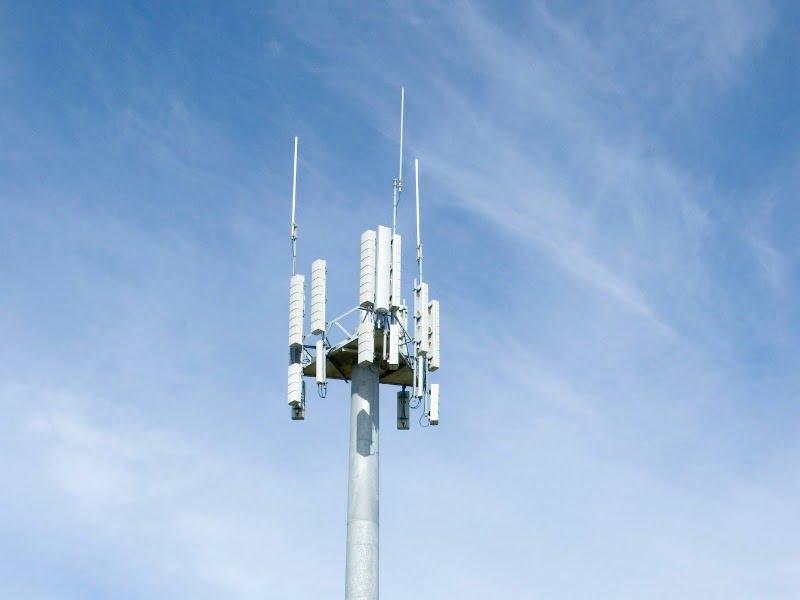The three mobile network operators are progressively closing their 3G networks.
TPG Telecom (Vodafone) commenced a progressive 3G network closure from 15 December 2023. Telstra will follow with a gradual shutdown of its 3G network commencing 30 June 2024. Optus commences its gradual shutdown on September 2024.
Devices that only support 3G should be replaced prior to the 3G network shutdown. The 3G devices impacted include phones, tablets, some notebooks, medical devices, mobile broadband devices, and devices used in industry and farming.

Older 4G devices could be impacted by the 3G network shutdown. Some of the older 4G devices utilise 3G voice for phone calls and calls to emergency services. The 3G voice technology was progressively replaced over time with a 4G voice technology called Voice over LTE (VoLTE).
What this means is that if you have an older 4G phone or tablet, you should check to see if the device supports VoLTE.
The first step is to check to see whether your device is a 3G only device or an older 4G device that will be impacted by the 3G closure. Optus provides a list of some of the devices impacted by the 3G closure on its website.
Telstra provides a guide on how to check Apple and android device settings to ensure that the device is set to automatically use 4G or 5G, if available.
After setting the device to automatically select the network type, if you see 3G appear on the top of your phone when you make a voice call, the device may be impacted by the 3G closure.
The second step is to check the device specifications online or to take the device to the nearest Telco store and ask for help to check whether the device is 4G and supports VoLTE. Remember, to speak to someone in a telco store you may need to ring first and ask for an appointment.
Coverage and performance will be key issues for people living or working in areas that have only one mobile tower nearby.
If you live or work close to the boundary of the mobile coverage provided by the tower you may find that you lose coverage when 3G is turned off.
Telstra states that: “Coverage is impacted by larger fixed terrain features such as mountains and hills in a predictable manner, but coverage is also affected by changeable local geographic features such as trees and new foliage growth, and the construction of new buildings, that may reduce or block previously available outdoor coverage”.
These factors mean that your coverage experience at any specific location is inherently variable — and especially over time, even when coverage to the area remains unchanged.
Not all devices are equal. Further variability in coverage experience is added by the device used and how it is used. Not all devices are created equal when it comes to network sensitivity – how your device actually detects and connects with our network, particularly at the very edge of coverage, matters.
Telstra goes on to encourage customers that previously used 3G “Blue Tick” devices to ensure that they get 4G or 5G “Blue Tick” replacement devices.
However, the telcos are not required to guarantee that if you had 3G coverage that you’ll get 4G coverage when the 3G network is turned off in your area.
So what can you do to ensure that you have 4G coverage when the 3G network is turned off?
If you currently have 3G devices or older 4G devices without VoLTE support, then you should talk with your Telco about appropriate replacement devices for your circumstances.
Check the devices to ensure that they’re setup to automatically select the network technology.
Test the devices to see if they connect to the network using 3G or 4G/5G. If the devices connect to the 3G network then there are several possible explanations.
The first is that the local mobile tower does not have 4G or 5G enabled at this time. You should check again in a week or two if this is the case.
The second is that your device has determined that a 3G connection will provide better performance in your location. This should be a concern, because poor 4G performance could impact your online experience.
The third explanation is that you’re outside the 4G network coverage area for your local tower.
If you do not get 4G on your device, you should move to within 500 metres of the local mobile tower and check to see if your 4G device gets a 4G connection. If it does, then 4G is enabled on your tower. If not move around the tower about 500m away to see if you get a 4G connection.
Now move towards your home or workplace and check the 4G connection periodically. If you find that somewhere between the tower and your home the device falls back to using 3G then you might have reached the extent of the 4G transmission or your device has again determined that 3G will provide better performance and it has selected 3G for this reason.
If you find that you only get 3G at your home or workplace, but that you were able to get 4G closer to the local mobile tower you should contact your telco to discuss the coverage and performance. The telco should be able to lookup your address and identify whether it will fall inside the 4G coverage area.
If you get a vague answer or don’t feel comfortable with the response from your Telco, you may wish to register a complaint with the telco.
If the telco does not provide an adequate response to your complaint, the next step is to lodge a complaint with the Telecommunications Industry Ombudsman (TIO).
In Australia, there are no minimum performance standards for telecommunications, and much of what the telcos do and provide is ‘self-regulated.’
Telecommunications was deregulated in Australia more than 25 years ago, and today, Australia’s global rankings for telecommunications and related technology based economic activity place Australia amongst nations that we consider to be ‘third world’ nations.
Telecommunications is an essential service. Any loss of service can put lives at risk. Don’t leave it to the last minute to check that you will have a telecommunications service after the 3G network is turned off.
Mark Gregory is an Associate Professor in the School of Engineering at RMIT University
Do you know more? Contact James Riley via Email.

